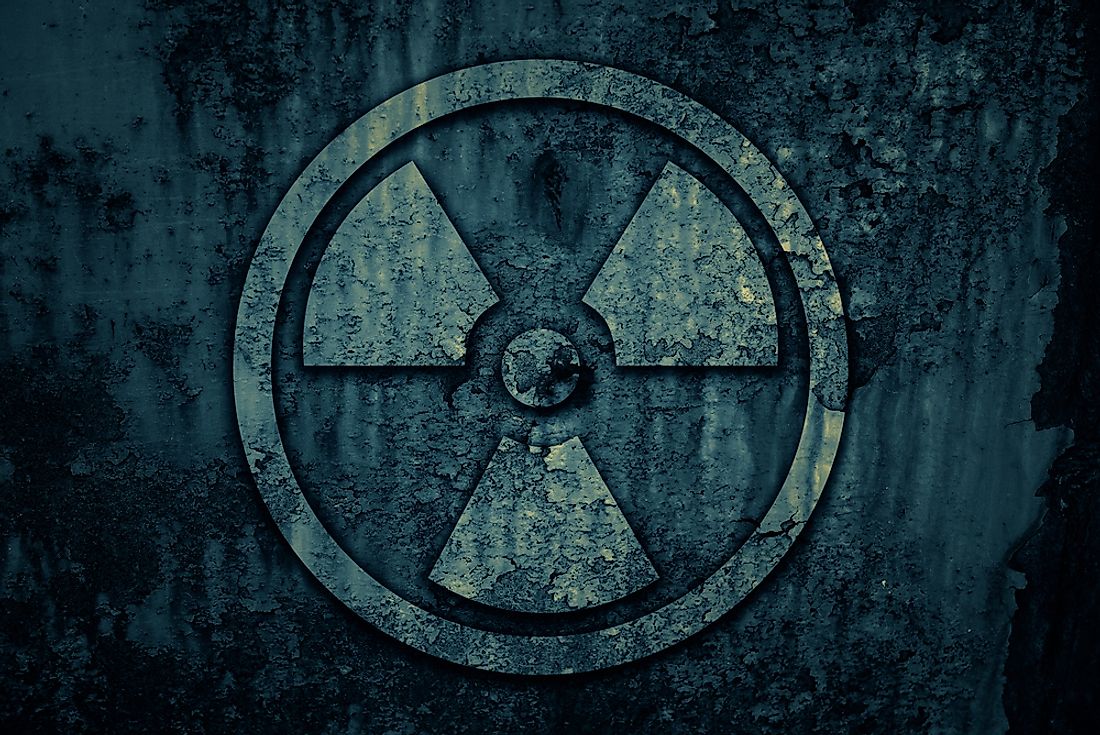What Was the Manhattan Project?

The Second World War involved dozens of countries and resulted in an extremely high level of casualties. The Allied forces were not impressed by Germany’s invasion of Czechoslovakia and Poland, and when Germany occupied the French capital of Paris, Britain declared war on Germany. The Germans later declared war on Russia though they were several miles from capturing the capital, Moscow. Meanwhile, in the Pacific, the Japanese military had attacked the American Pearl Harbor while making flights close to the western United States prompting the US to declare war on the Imperial Japanese government.
J. Robert Oppenheim
J. Robert Oppenheim was born in New York City on April 22, 1904 and studied at Alcuin Preparatory School where he studied literature. In his final year of high school, he suffered from colitis while on holiday and was taken to New Mexico to recover. He then entered Harvard College and majored in chemistry. He would later become a professor and became interested in quantum physics and became a scholar of Albert Einstein’s work. During the later years of the Second World War, Albert and Oppenheim wrote to President Roosevelt informing him of their ability to use quantum physics to develop an atomic bomb, and this was the alternative that was long overdue.
Manhattan Project
After the United States and its allies had been informed of the potential of an atomic weapon, they came together and decide on a project which would bring together scientists from all over the world to develop this atomic arsenal and named the project the “Manhattan Project.” The name “Manhattan” is only used as a code name and does not relate to location. J. Robert Oppenheim, who had excellent skills in management, was placed in charge of the project. It was Oppenheim who suggested Los Alamos, New Mexico as the base of the project due to his past fondness for the area as well as its remoteness. The US and its allies financed the project which saw J. Robert Oppenheim along with his team of scientists set up buildings and laboratories to develop the atomic bomb which was top secret, and with all of the information surrounding its operations classified. After several years of discussions and trials, the team was confident they had come up with an atomic bomb. The team had two variations of the bomb: one used plutonium as the radioactive element while the other used uranium. The team set off to White Sands to test the plutonium-based bomb, and it was successful. The Manhattan Project team informed the military that they had developed atomic weapons ready for use.
Impact
After the US government had been informed of the availability and potential of the atomic bombs, they made the decision to drop two of the bombs on the Japanese cities of Hiroshima and Nagasaki. On August 6, 1945 the bomb was dropped on Hiroshima and on August 9 Nagasaki was bombed, an action which directly killed thousands of people. The impact and devastation caused by the bombs forced the Japanese Empire to surrender to the US and officially ending the bloodiest war of all time.











